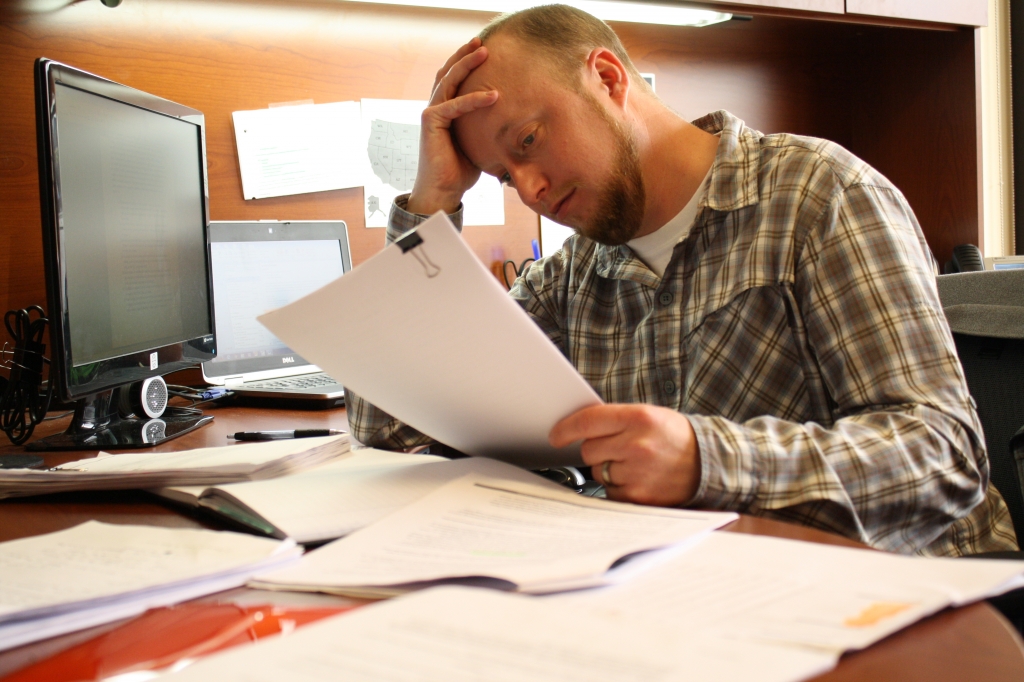| |

The value of measuring heart rate variability
By Chris Burnham
 With power meters, and to a lesser extent heart rate monitors, we have very precise ways to measure training stress. With tools like TSS (Training Stress Score), TRIMPS (Training Impulse Score), and the performance manager chart in TrainingPeaks we can accurately measure and assess our overall training load as we progress toward our goals. What can be hard to quantify and track however is stressors outside of our workouts. Busy workdays, family commitments, or a heavy school load can drastically contribute to our overall stress levels. This is where heart rate variability can be a valuable tool. With power meters, and to a lesser extent heart rate monitors, we have very precise ways to measure training stress. With tools like TSS (Training Stress Score), TRIMPS (Training Impulse Score), and the performance manager chart in TrainingPeaks we can accurately measure and assess our overall training load as we progress toward our goals. What can be hard to quantify and track however is stressors outside of our workouts. Busy workdays, family commitments, or a heavy school load can drastically contribute to our overall stress levels. This is where heart rate variability can be a valuable tool.
What is heart rate variability?
Heart rate variability (HRV) is basically the variation between heart rates measured down to milliseconds. Ideally you want your heart rate variability to be somewhat high, meaning that your central nervous system (via. the vagus nerve) is talking very efficiently to your heart and your heart is able to make micro-adjustments relatively quickly. In a well-rested athlete the body will make micro-adjustments to heart rate based on breathing patterns as well as other physiological processes. The better your vagus nerve innervates your heart, the stronger your vagal tone which is a direct indicator of the health of your sympathetic (fight or flight response) and parasympathetic (rest and recover) nervous system. The strength and balance of the autonomic nervous system (both sympathetic and parasympathetic) tells us the propensity of an athlete to be over-stressed, or how resilient an athlete will be to training.
The cool thing about heart rate variability is that it incorporates both physical and mental stress. For example, if you have a stressful day at work where you are fighting to meet a deadline, the modern-day “running from a lion,” and then hop on the bike to do a bunch intervals (still running from that lion) then chances are your sympathetic nervous system is going to become fatigued and the parasympathetic nervous system is going to become dominate to help you rest and recover. If you continue down that path without getting rest you will fall into a typical over-training situation. Heart rate will become suppressed during workouts, it will take longer to bring heart rate up during harder efforts, and it will take a lot longer for your heart rate to recover after harder efforts. Essentially the body can’t adapt to change as quick.
So how can you measure HRV?
There has been a lot of research done on HRV (there are over 16,000 studies in the NIH database alone) that has led to the development of several algorithms making it easy for athletes to measure and interpret the results. Those algorithms have been utilized by several developers to create some good smart phone apps. One of my favorites is the Sweetbeat app available on the iPhone. It was developed by a team of psychologists and has over 3 years of research behind it. If you have an Android phone I would recommend using the Omegawave app to measure HRV. The Omegawave team has made it fairly easy for athletes and coaches by distilling the raw data from a 2-minute HRV test into more actionable information. They use HRV data and vagal frequencies to determine an overall readiness number, adaptation reserves, aerobic and anaerobic readiness, and give the athlete heart rate recommendations based on those results. Omegawave is also available on the iPhone.
Both of those apps require the purchase of heart rate straps (Polar H7 strap for Sweetbeats and a proprietary strap plus subscription for Omegawave) but if you want to try monitoring stress response before making the investment in one of these systems you can try out Azumio’s Stress Checker. That app uses your camera on the phone to get a basic HRV measurement. This is significantly less accurate than the ECG straps from the other apps, but still good enough to pick up basic trends.
One last note on HRV is that monitoring and tracking your personal results are important to figure out trends, recovery rates, and in making positive changes to increase your resiliency. The goal isn’t necessarily to always have a high HRV. You need to apply physical stress to the body to stimulate adaptations and improvement. You just don’t want that stress to be chronic without recovery periods, and you want to limit the emotional stress as much as possible since that will take up a portion of your body's finite ability to adapt to stresses.

| |